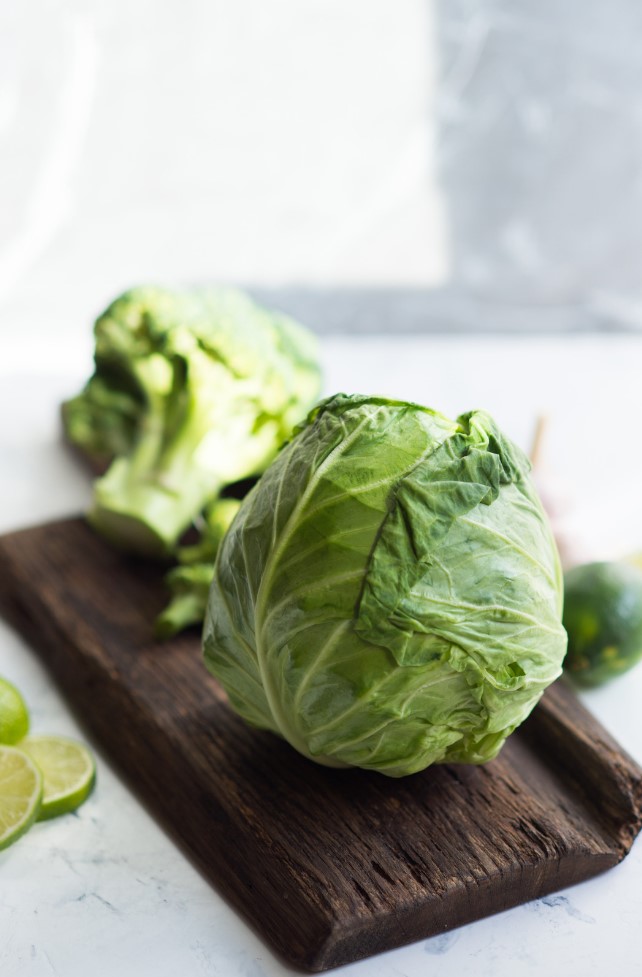Definition Of Cabbage And İts Varieties
Cabbage, a leafy green vegetable, belongs to the Brassica family along with other cruciferous vegetables such as broccoli, cauliflower, and kale. It comes in many varieties, each with its unique taste and texture. Here are some of the most commonly grown cabbage varieties:
- Green cabbage – This is the most widely available variety, with a round shape and smooth, thick leaves. It has a mild flavor and is commonly used in coleslaw.
- Red cabbage – As the name suggests, this variety has a deep purple/red color and a slightly more pungent taste than green cabbage.
- Savoy cabbage – With its crinkly, dark-green leaves, savoy cabbage has a more delicate texture and an earthy flavor. It’s a popular ingredient in soups and stews.
- Napa cabbage – Also known as Chinese cabbage, this variety has a cylindrical shape, crinkly leaves, and a mild, sweet taste. It’s commonly used in Asian cuisine, particularly in kimchi and stir-fries.

Cabbage is a versatile vegetable that can be eaten cooked or raw, and it’s an excellent source of nutrients. It’s low in calories, high in fiber, and packed with vitamins and minerals. Some of the essential vitamins found in cabbage include vitamin C, vitamin K, and vitamin B6. It also contains antioxidants and anti-inflammatory compounds that can benefit your health.
In conclusion, cabbage is a nutritious vegetable that comes in various varieties, each with its unique taste and texture. It’s an excellent source of vitamins and minerals, and its health benefits range from better digestive health to improved heart health. Incorporating cabbage into your diet is a great way to add more nutrients to your meals while enjoying its delicious taste in different cuisines around the world.
Nutritional Value Of Cabbage
Cabbage is a versatile vegetable which is widely used in different cuisines from around the world. Being part of the brassica family, cabbage is packed with essential nutrients and minerals that offer numerous health benefits. This post will focus on the nutritional value of cabbage, discussing all the key nutrients that it contains and how they contribute to our overall health.
Vitamin C: Cabbage is an excellent source of Vitamin C, which is an antioxidant that helps to protect our cells from damaging free radicals. Research shows that Vitamin C also supports immune function by stimulating the production of white blood cells, and it plays a key role in collagen formation, which is essential for healthy skin and joints.
- In a 100-gram serving of cabbage, there is about 36% of the recommended daily intake of Vitamin C.
- Red cabbage contains even higher levels of Vitamin C than green cabbage.
Vitamin K: Cabbage is also an excellent source of Vitamin K, which is essential for blood clotting and bone health.
- In a 100-gram serving of cabbage, there is about 72% of the recommended daily intake of Vitamin K.
- Vitamin K is important for healthy bones and may reduce the risk of osteoporosis.
Fiber: Cabbage is a good source of fiber, which is essential for maintaining a healthy digestive system. Fiber also helps to keep us feeling full and satisfied after meals, which can help with weight management.
| Nutrient | Amount in 100g of Cabbage | % of Daily Recommendation |
|---|---|---|
| Vitamin C | 36 mg | 40% |
| Vitamin K | 76 mcg | 63% |
| Fiber | 2.5 g | 10% |
Other Nutrients: In addition to the above-listed nutrients, cabbage also contains essential minerals and vitamins. Some of these include Vitamin B6, Folate, Calcium, and Potassium. These nutrients play a key role in maintaining overall health and wellbeing.
In conclusion, cabbage is a nutrient-dense vegetable that has numerous health benefits. It is an excellent source of Vitamin C, Vitamin K, fiber, and other essential vitamins and minerals. By incorporating cabbage into your diet, you can support your overall health and wellbeing.
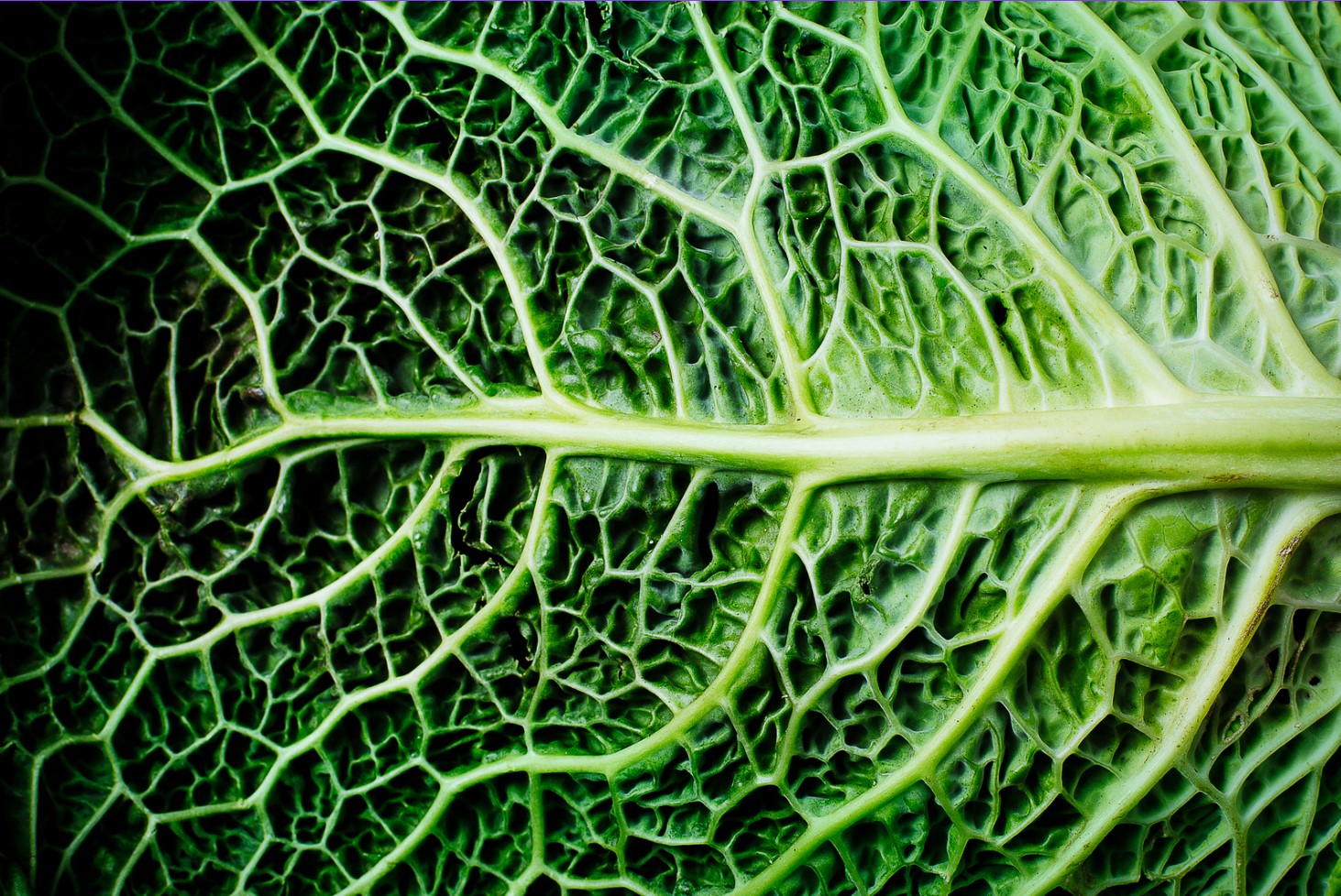
Health Benefits Of Eating Cabbage Regularly
Eating a healthy and balanced diet is essential to maintain good health. It is not only essential to have a diverse range of foods in your diet, but it is also essential to have the right amount of nutrients your body needs. Cabbage is a vegetable that is often overlooked, but it is loaded with essential nutrients like vitamins, minerals, and antioxidants which make it an excellent addition to any diet. In this blog post, we will explore the health benefits of eating cabbage regularly and how it can contribute to a healthy lifestyle.
1. Boosts Immunity
Cabbage is rich in Vitamin C, an essential nutrient that can help boost your immune system. Vitamin C helps your body to fight against various infections and diseases. Eating cabbage regularly can help improve your overall immune system.
2. Helps in Weight Loss
- Cabbage is a low-calorie vegetable that is packed with nutrients. Eating cabbage regularly can help you feel full for longer periods, which can prevent overeating and aid in weight loss.
- Cabbage is also rich in fiber, which can help you lose weight by keeping you full, promoting regularity, and preventing overeating.
3. Lowers Blood Pressure
Cabbage is rich in potassium, an essential mineral that aids in blood pressure regulation. Consuming potassium-rich foods such as cabbage regularly can help lower high blood pressure and reduce your risk of developing heart disease.
4. Reduces Inflammation
Cabbage is rich in antioxidants like Vitamin C, anthocyanins, and sulforaphane that have potent anti-inflammatory properties. Eating cabbage regularly can help reduce inflammation in your body and decrease your risk of developing chronic diseases like heart disease, obesity, and cancer.
5. Promotes Digestive Health
| Reasons | Explanation |
|---|---|
| Fiber | Cabbage is rich in fiber, which can promote digestive health by preventing constipation and improving regularity. |
| Water Content | Cabbage has high water content, which can help keep your digestive system hydrated and healthy. |
| Gut-Friendly Bacteria | Cabbage is a natural source of probiotics, which can help promote the growth of beneficial bacteria in your gut and improve digestion. |
As you can see, cabbage is an incredibly healthy vegetable that can provide many health benefits if added to your diet. It is easy to prepare and can be eaten in various ways. It is recommended that you consume cabbage regularly as part of a healthy diet to improve your health and wellbeing.

Cabbage’s Antioxidant Properties
Cabbage is a healthy and versatile vegetable that is packed with essential nutrients. One of the main reasons why cabbage is considered so beneficial for the human body is due to its high concentration of antioxidants.
Antioxidants are powerful substances that help to protect the body from damage caused by free radicals. Free radicals are unstable molecules that can cause cellular damage and inflammation, which can lead to chronic diseases such as cancer, heart disease, and Alzheimer’s disease.
- Red cabbage is particularly high in antioxidants, with some varieties containing up to six times more antioxidants than green cabbage.
- Other cruciferous vegetables such as broccoli, cauliflower, and kale also contain high levels of antioxidants, making them excellent additions to your diet.
| Antioxidant | Amount in 1 cup of raw cabbage |
|---|---|
| Vitamin C | 44mg |
| Vitamin K | 82mcg |
| Vitamin A | 33mcg |
| Anthocyanins | 25mg |
In addition to its antioxidant properties, cabbage is also rich in vitamins C and K, which are essential for immune system function and healthy blood clotting. Vitamin A, another important nutrient found in cabbage, is vital for maintaining healthy vision, skin, and tissues.
To get the most out of the antioxidant properties of cabbage, it is best to consume it raw or lightly cooked. Overcooking or boiling cabbage can cause it to lose some of its beneficial properties. Therefore, consider adding raw cabbage to your salads or using it as a crunchy topping for sandwiches instead of cooking it.
In conclusion, cabbage is an excellent source of antioxidants that can help to protect your body from damage and disease. Incorporating this versatile vegetable into your diet is a simple way to boost your overall health and well-being.
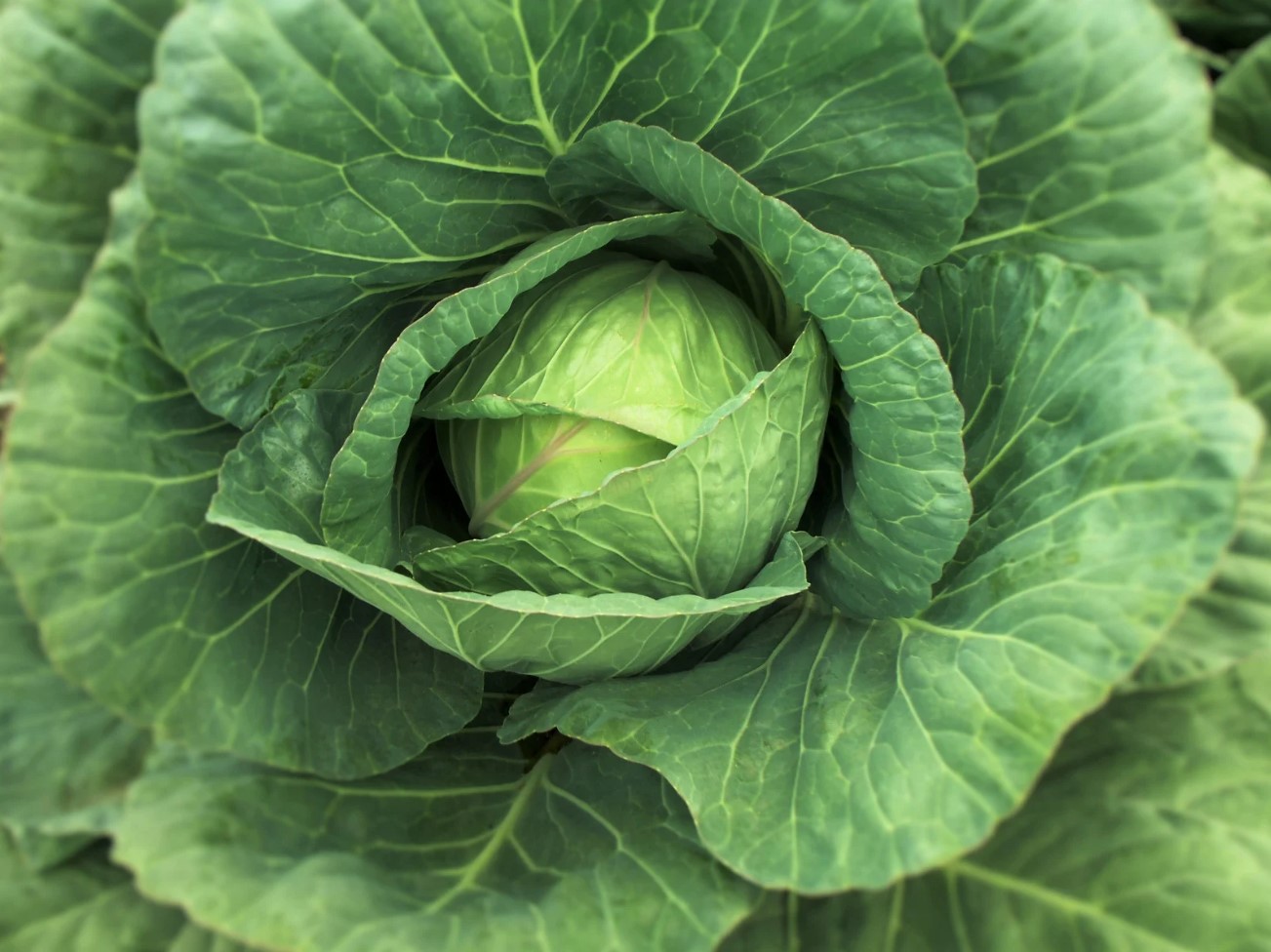
Cabbage’s Effect On Digestive Health
Cabbage is an incredibly versatile vegetable that is packed with a plethora of health benefits. One of the main benefits of consuming cabbage is its positive impact on digestive health.
Research has shown that cabbage is rich in fiber, which is essential for maintaining a healthy digestive system. Fiber adds bulk to stool, which helps to stimulate bowel movements and prevent constipation. Eating cabbage on a regular basis can also help to promote the growth of beneficial gut bacteria, which aids in digestion and improves overall gut health.
- Another way in which cabbage benefits digestion is through its high water content. This helps to keep the body hydrated and aids in the absorption of nutrients from food.
- Cabbage also contains compounds known as glucosinolates, which have been found to help lower the risk of certain digestive disorders, such as stomach and colon cancer. These compounds work by supporting the body’s natural detoxification processes and reducing inflammation in the gut.
It is important to note that some people may have difficulty digesting cabbage due to its high fiber content. This can lead to digestive discomfort such as bloating and gas. To minimize these symptoms, it is recommended to cook cabbage before consumption and to start with small portions.
| Cabbage Nutrition Facts | |
|---|---|
| Calories | 25 |
| Protein | 1g |
| Fiber | 2g |
| Vitamin C | 54% of the DV |
| Vitamin K | 85% of the DV |
| Folate | 10% of the DV |
In conclusion, if you’re looking to improve your digestive health, consider adding cabbage to your diet. With its high fiber content, water content, and beneficial compounds, cabbage is an excellent choice for supporting gut health and preventing digestive disorders.
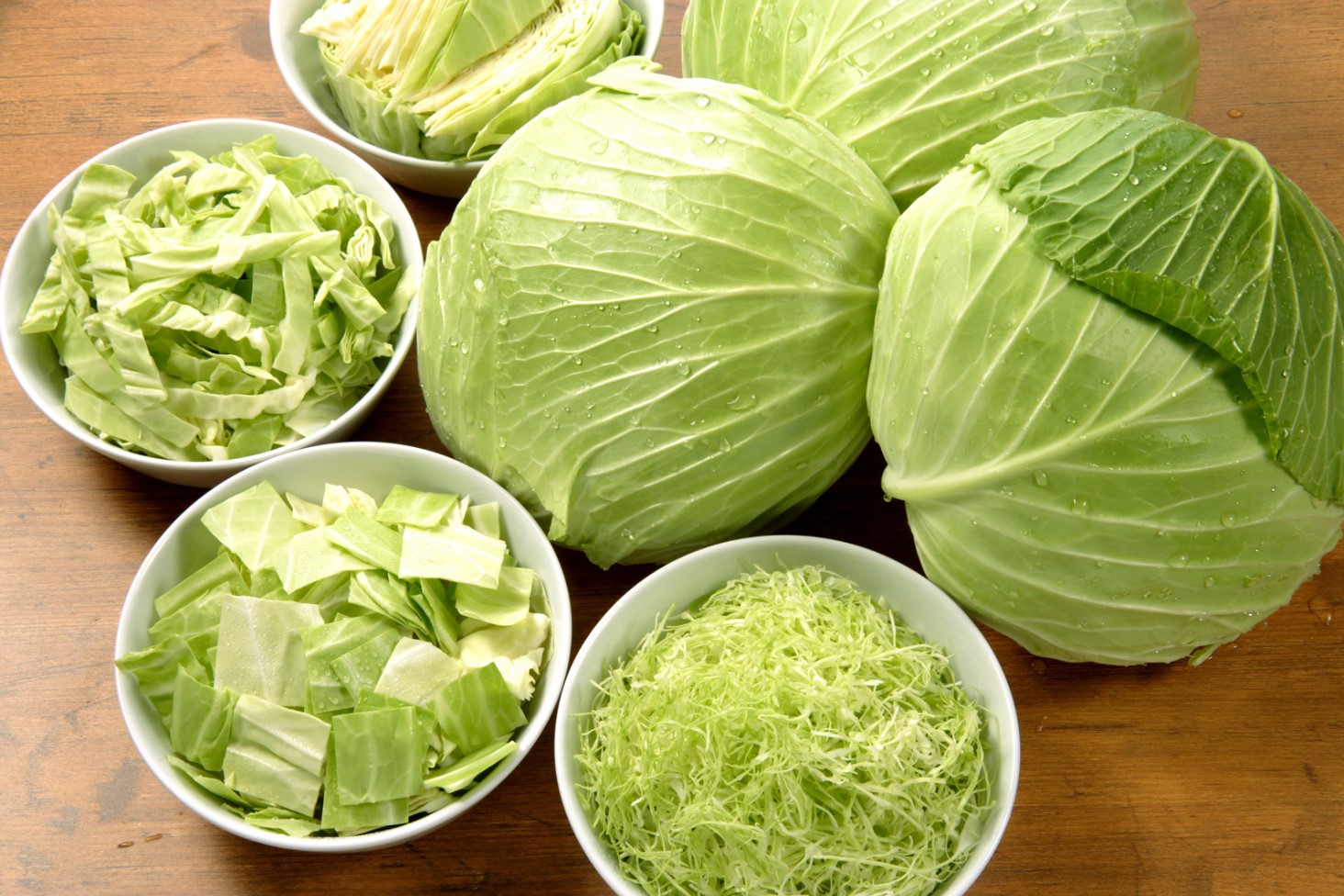
Anti-Inflammatory Properties Of Cabbage
Cabbage is a cruciferous vegetable that is rich in nutrients that promote healthy living. In this blog post, we will focus on the anti-inflammatory properties of cabbage. Inflammation is the body’s natural response to injury or infection. However, chronic inflammation can lead to several health problems such as heart disease and cancer.
Studies have shown that cabbage and its related vegetables, such as kale and broccoli, contain compounds that can help reduce inflammation in the body. These compounds are called anthocyanins and sulfur-containing compounds. Anthocyanins are responsible for the red, purple, and blue colors in some varieties of cabbage, while sulfur-containing compounds give cabbage its distinctive odor.
In addition to reducing inflammation, cabbage can also help boost the immune system. This is because cabbage is a great source of vitamin C, which is essential for the production of white blood cells that fight off infections. Vitamin C also acts as an antioxidant and helps reduce oxidative stress in the body.
If you suffer from chronic inflammation, incorporating cabbage into your diet can help alleviate your symptoms. You can enjoy cabbage raw in salads, sautéed or steamed as a side dish, or even fermented into sauerkraut. Here are some additional tips for including cabbage in your meals:
- Add shredded cabbage to tacos, wraps, or sandwiches for a satisfying crunch.
- Mix chopped cabbage with other veggies to make a colorful slaw for burgers or grilled meats.
- Roast wedges of cabbage with olive oil and your favorite seasonings for a flavorful side dish.
| Benefits of Cabbage for Inflammation |
|---|
| Contains anthocyanins and sulfur-containing compounds that can help reduce inflammation in the body. |
| Loaded with vitamin C, which acts as an antioxidant and reduces oxidative stress in the body. |
| Can help boost the immune system and fight off infections. |
In conclusion, cabbage is a versatile vegetable that can help promote a healthy lifestyle by reducing inflammation in the body. Whether eaten raw or cooked, cabbage is a great addition to any meal. So next time you’re at the grocery store, be sure to grab some cabbage and start reaping its many health benefits.
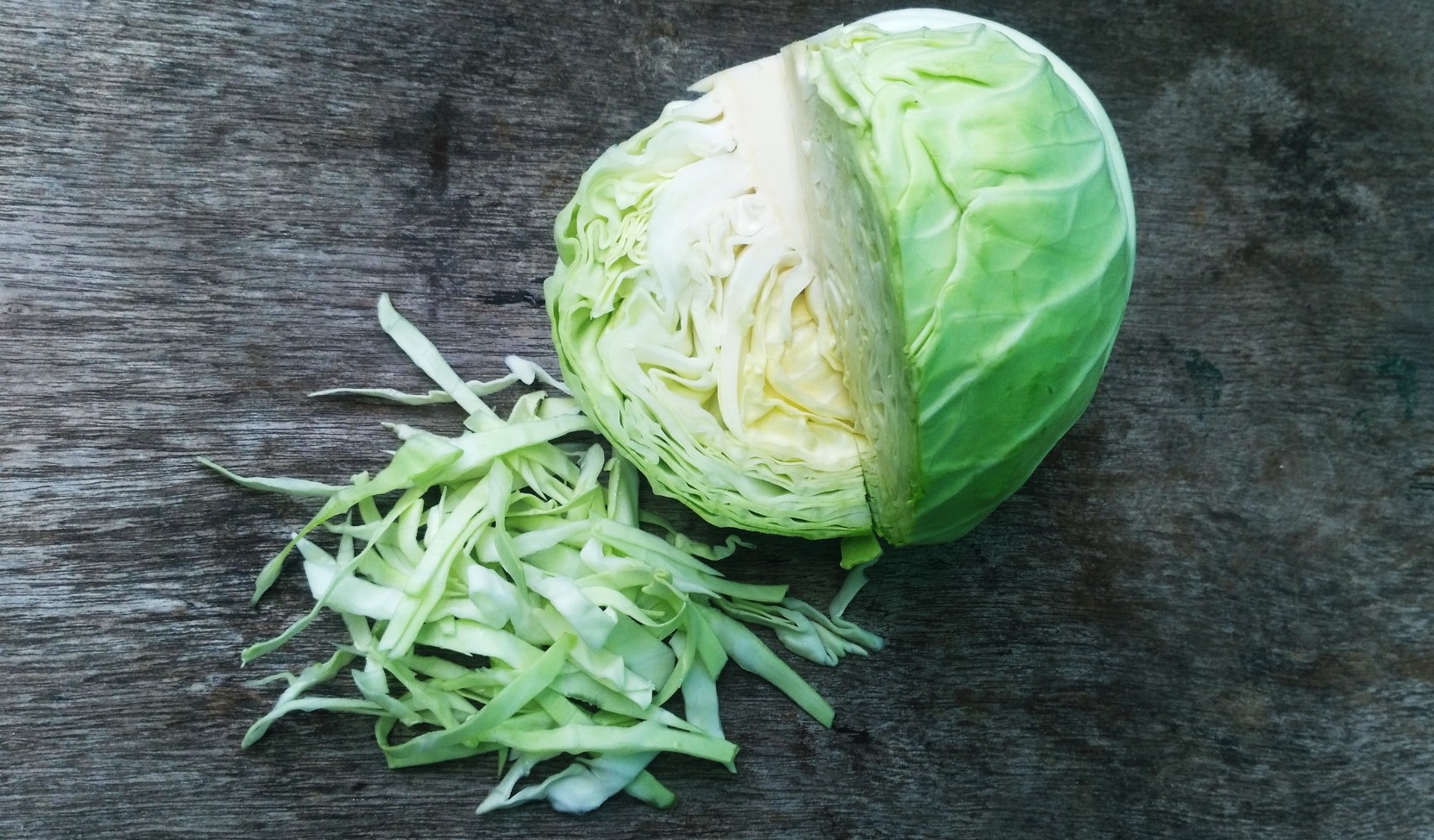
Cabbage’s Benefits For Heart Health
Cabbage is a cruciferous vegetable that has been known for its health benefits for centuries. It is not only tasty but also beneficial for our health. One of the major advantages of cabbage is its ability to improve heart health.
Cabbage is low in saturated fats and cholesterol, which makes it a heart-healthy food. It is also an excellent source of dietary fiber and contains a range of vitamins and minerals, including vitamin C and K, calcium, and potassium. These nutrients work together to reduce the risk of heart disease.
- Red cabbage, in particular, is loaded with anthocyanins, which are known to promote cardiovascular health.
- Cabbage is rich in polyphenols, which exhibit potent antioxidant effects, helping to prevent oxidative damage in the body.
- Cabbage is also rich in sulfur-containing compounds, such as sulforaphane and glucosinolates. These compounds have been shown to reduce inflammation, which is a significant risk factor for heart disease.
Cabbage may also help to lower blood pressure, which is another significant risk factor for heart disease. It is high in potassium, which is known to help regulate blood pressure levels. Additionally, it contains nitrates that can help relax the blood vessels, resulting in improved blood flow.
| Cabbage’s benefits for heart health: |
|---|
| Low in saturated fats and cholesterol |
| Excellent source of dietary fiber, vitamins, and minerals |
| Loaded with anthocyanins, polyphenols, and sulfur-containing compounds |
| May help lower blood pressure |
In conclusion, cabbage is a nutrient-rich, low-calorie vegetable that can provide tremendous benefits for heart health. It is delicious, versatile, and easy to prepare, making it an excellent addition to any meal. By incorporating more cabbage into your diet, you can help protect your heart and improve your overall health.
Tips For Storing And Preparing Cabbage
Cabbage is a cruciferous vegetable that provides many important nutrients for our body, such as vitamins C and K, fiber, and antioxidants. To enjoy its health benefits and delicious flavor, it is important to properly store and prepare cabbage. Here are some tips for storing and preparing cabbage:
- Choose fresh cabbage: When purchasing cabbage, look for heads that are firm and heavy for their size, with crisp and vibrant leaves. Avoid those with wilted or damaged leaves, as they can indicate poor quality or improper storage.
- Store cabbage properly: Cabbage can last for up to two weeks if stored in a cool and dry place, such as the refrigerator or a root cellar. Be sure to remove any loose or damaged outer leaves before storing cabbage to prevent moisture buildup and decay.
- Prepare cabbage for cooking: To prepare cabbage for cooking, first remove the tough core at the base of the head. Then, wash the leaves thoroughly under running water to remove any dirt or insects. Cabbage can be sliced, shredded, or chopped depending on the recipe.
- Try different cooking methods: Cabbage can be cooked in many different ways, such as boiling, steaming, roasting, or stir-frying. Experiment with different cooking methods to find your favorite way to enjoy cabbage.
Overall, cabbage is a versatile and nutritious vegetable that can be enjoyed in many dishes. By following these tips for storing and preparing cabbage, you can ensure that you are getting the most out of this healthy ingredient.
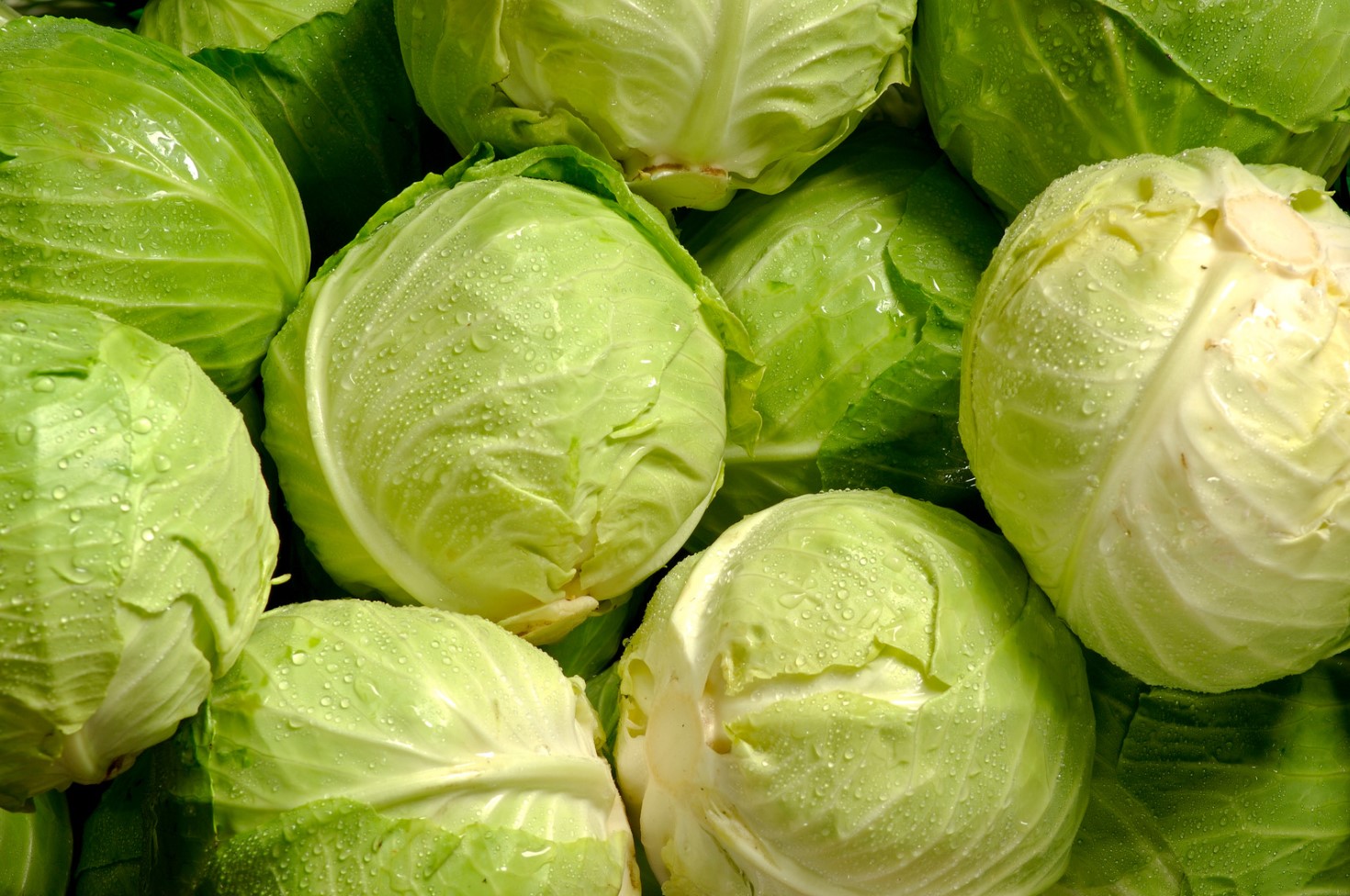
Cabbage İn Different Cuisines Around The World
Cabbage is a versatile vegetable and is used in various cuisines around the world. Its flavor blends well with different spices and ingredients, making it a popular choice for many dishes. Let us explore some of the ways cabbage is used in different parts of the world:
- Asia: In Asian cuisine, cabbage is commonly used in stir-fries, soups, and stews. Kimchi, a traditional Korean dish, is made with fermented cabbage, chili peppers, and other seasonings. It is served as a side dish or as an ingredient in other dishes.
- Europe: In Eastern Europe, cabbage is used in traditional dishes such as sauerkraut, a sour cabbage dish. In Western Europe, cabbage is used in coleslaws and salads. In Ireland, boiled cabbage is served as a side dish with bacon or ham.
- Africa: In Africa, cabbage is used in dishes such as salads, stews, and soups. It is also mixed with ground beef or chicken to make stuffing for samosas or other pastries.
- South America: In South America, cabbage is used in dishes such as empanadas, a popular pastry filled with chopped cabbage, onions, and meat. In Brazil, cabbage is used in the national dish ‘Feijoada,’ a stew made with black beans and various meats.
Cabbage is a popular ingredient in many cuisines around the world. Its versatility and nutritional value make it a great addition to any diet. Whether you are making a salad, stir-fry or stew, cabbage is sure to add flavor and nutrition to your meal.
Cabbage’s History And Cultivation
Cabbage has been known to humanity for over 4,000 years, and over the years, it has become a favorite among many cultures. Its history is both ancient and fascinating. According to historians, cabbage originated in the Mediterranean region and was cultivated by the Greeks and Romans. It later spread to Europe and became popular in Germany, Russia, and Poland.
During the 1600s, cabbage was brought to the Americas by European settlers. However, it wasn’t until the early 18th century that it became a popular crop in America. Cabbage quickly became a staple in many households, particularly during the winter. During World War II, cabbage became very important as an essential vegetable due to its high nutritional value and ability to last a long time.
- Cabbage is a member of the Brassica family, which includes broccoli, cauliflower, and Brussels sprouts.
- There are several varieties of cabbage, including green, red, savoy, and napa cabbage.
- Cabbage is a cool-season crop and requires a moist, fertile soil. It is typically grown in the fall or spring.
| Crop | Harvest Time |
|---|---|
| Spring Cabbage | March – May |
| Summer Cabbage | May – July |
| Fall Cabbage | September – November |
| Winter Cabbage | December – February |
Today, China is the leading producer of cabbage, followed by India, Russia, and South Korea. The United States is also a major producer, with California leading the way. Cabbage remains a popular vegetable in many cuisines around the world, from Germany’s sauerkraut to Korea’s kimchi.
Knowing the history and cultivation of cabbage helps us understand and appreciate this remarkable vegetable even more. Whether you enjoy it in a salad, stir-fry, or soup, cabbage’s versatility, and nutritional benefits make it an excellent addition to any meal.
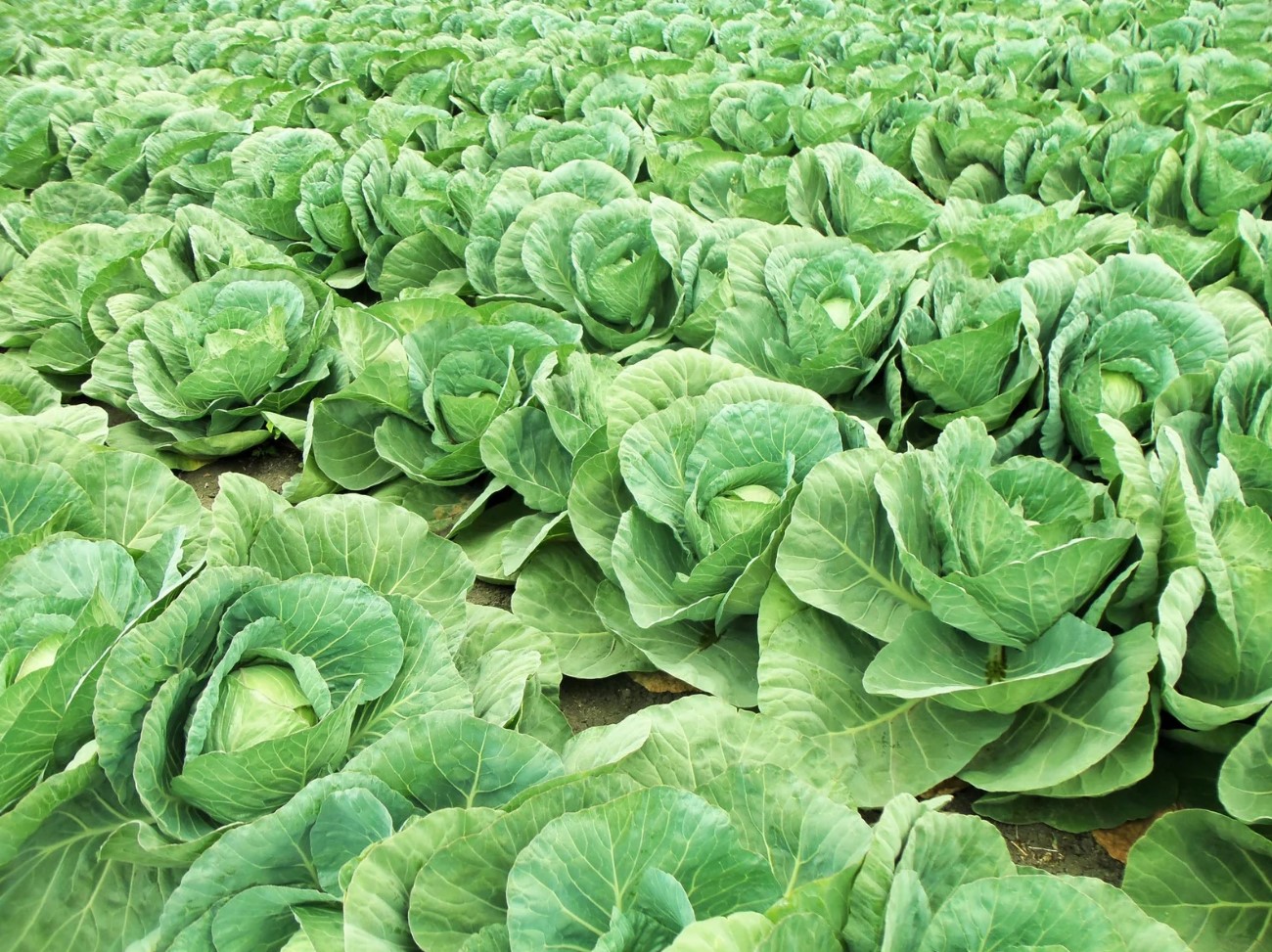
How To Grow Cabbage İn Your Garden
Cabbage is a versatile vegetable that is used in a variety of dishes around the world. It is easy to grow in your own garden, making it a great addition to your home-grown produce. In this post, we will discuss the steps you need to take to grow cabbage in your garden.
- Choose the right location: Cabbage prefers a cooler climate and requires a lot of sunlight. Choose a spot in your garden that gets at least 6 hours of sunlight per day and has well-draining soil.
- Prepare the soil: Cabbage grows best in soil that is rich in nutrients. Add organic matter such as compost or manure to the soil to help it retain moisture and provide the necessary nutrients.
- Plant the seeds: Plant cabbage seeds directly into the soil or start them indoors and transplant them later. The seeds should be planted ¼ inch deep and 18 inches apart. Keep the soil moist until the seeds germinate.
- Care for the plants: Once the seedlings have sprouted, thin them to 12 inches apart. Cabbage requires consistent moisture, so water it regularly. Fertilize the plants every 4-6 weeks with a balanced fertilizer.
It is important to monitor your cabbage plants for pests and diseases. Common pests include cabbage worms and aphids, while diseases such as clubroot and black rot can be detrimental to the plants. Make sure to keep the area around the plants free of debris and avoid planting cabbage in the same spot for consecutive years.
| Time to Harvest | Harvesting Method |
|---|---|
| Spring Cabbage | Harvest the entire head when it is firm and compact. |
| Summer Cabbage | Harvest the head when it is firm, but does not feel as heavy as it could be. Leave the outer leaves to help the head grow larger. |
| Fall and Winter Cabbage | Wait until after the first frost to harvest the heads. They will be sweeter and more tender after being exposed to cold temperatures. |
Now that you know how to grow cabbage in your garden, you can enjoy the fresh and nutritious taste of this vegetable in your own home-cooked meals. Whether you use it in soups, stir-fries, salads, or stews, cabbage is a great addition to any dish. Give it a try and you will see why it is such a popular vegetable around the world.
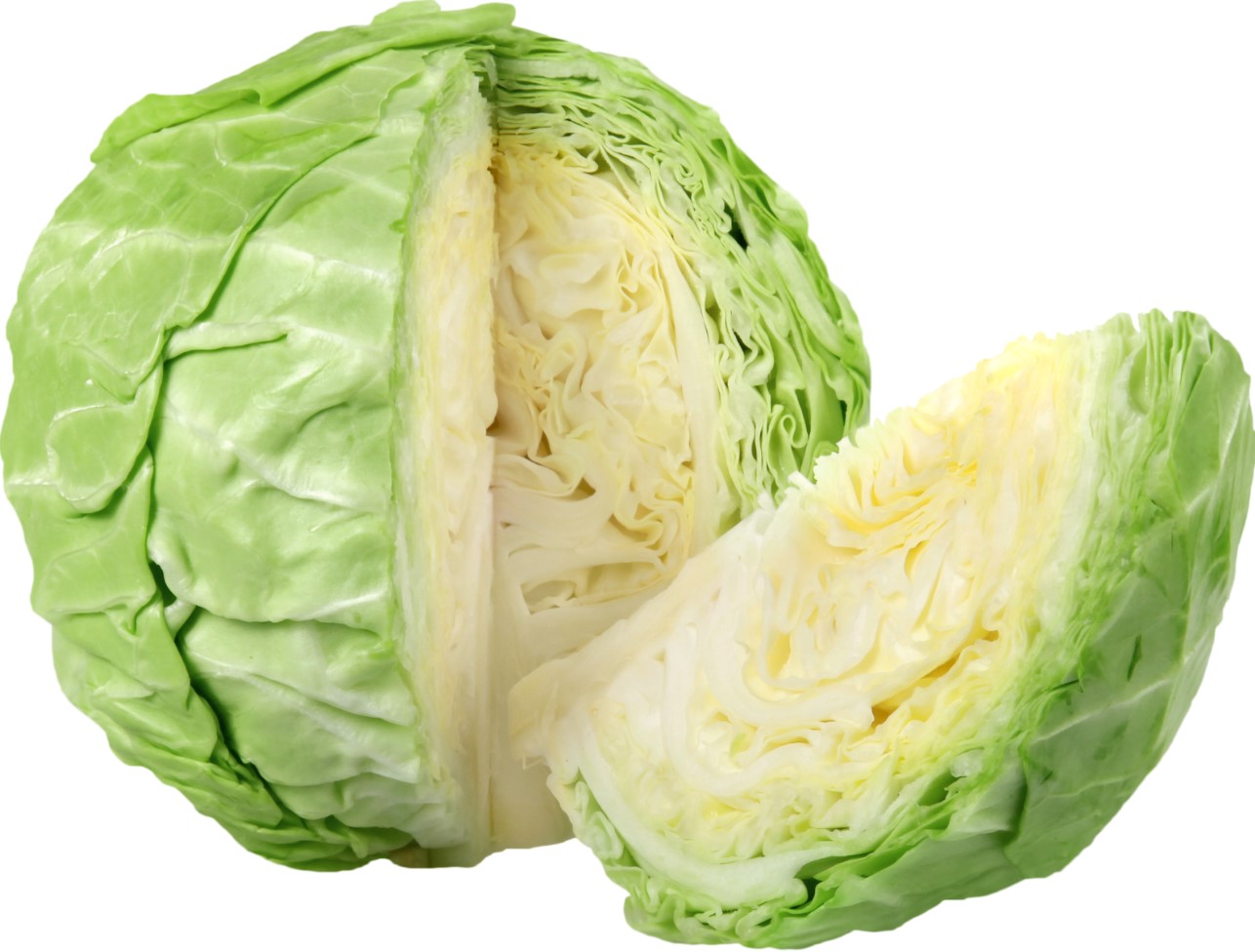
Creative Ways To Cook With Cabbage
Cabbage is a versatile and nutritious vegetable that can be used in a variety of dishes. Whether you are trying to incorporate more vegetables into your diet or simply looking for a new way to cook cabbage, there are many creative ways to prepare this superfood.
One popular way to cook cabbage is to sauté it with other vegetables, such as onions, carrots, and peppers. This is a great way to add flavor and nutrients to your meals, and it can be served as a side dish or used as a filling for wraps or sandwiches.
- Another creative way to cook cabbage is to use it as a substitute for noodles in dishes like lasagna or stir-fry. This can be a great way to add more vegetables to your meals, and it can also help to reduce the amount of carbohydrates in your diet.
- If you are looking for a healthy and delicious snack, try making baked cabbage chips. Simply slice cabbage into thin pieces, brush with olive oil, and bake in the oven until crispy. These chips are a great alternative to traditional potato chips, and they are packed with nutrients.
For a hearty and satisfying meal, try making stuffed cabbage rolls. This classic dish can be made with a variety of fillings, including ground beef, rice, and vegetables. Serve with a side of mashed potatoes or crusty bread for a complete meal.
| Creative ways to cook with cabbage |
|---|
| Sauté it with other vegetables |
| Use it as a substitute for noodles |
| Make baked cabbage chips |
| Make stuffed cabbage rolls |
Adding cabbage to soups and stews is another great way to incorporate this nutritious vegetable into your diet. Not only does it add flavor and texture to the dish, but it also provides a wealth of health benefits.
- Cabbage is rich in vitamins and minerals, including vitamin C, vitamin K, and potassium.
- It is also a good source of fiber, which can help to promote digestive health and reduce the risk of certain diseases.
- Cabbage is low in calories and high in water content, making it a great choice for weight loss and weight management.
Whether you prefer your cabbage raw, cooked, or fermented, there are many creative ways to incorporate this versatile vegetable into your meals. So next time you are at the grocery store, grab a head of cabbage and experiment with some new recipes!
Cabbage Recipes For Weight Loss
Cabbage is a cruciferous vegetable that is low in calories and high in fiber. It is a versatile vegetable that can be cooked in many ways. One popular use of cabbage is in weight loss recipes. Eating cabbage can help you feel full while also providing important nutrients for your body. Here are some delicious cabbage recipes that can help you achieve your weight loss goals.
-
- Cabbage Soup
Cabbage soup is a classic weight loss recipe. To make this soup, sauté chopped onions, celery, and carrots in olive oil until they are tender. Then, add chopped cabbage, tomatoes, and vegetable broth. Let the soup simmer until the vegetables are soft. You can also add spices like garlic, thyme, and bay leaf for extra flavor.
-
- Cabbage Salad
Cabbage salad is a great way to add crunch to your meals. Shred cabbage and mix it with other vegetables like carrots, cucumbers, and bell peppers. Dress the salad with a vinaigrette made from olive oil and vinegar. You can also add protein like grilled chicken, tofu, or shrimp for a complete meal.
-
- Cabbage Stir Fry
Stir fry is a quick and easy way to cook cabbage. To make a cabbage stir fry, heat a few tablespoons of oil in a pan and stir fry chopped cabbage and other vegetables like mushrooms, onions, and bell peppers. Then, add protein like chicken or tofu and season with soy sauce, garlic, and ginger.
-
- Stuffed Cabbage Rolls
Cabbage rolls are a filling and tasty meal. To make stuffed cabbage rolls, blanch cabbage leaves in boiling water until they are tender. Then, stuff the leaves with a mixture of ground meat, rice, and vegetables. Roll up the leaves and place them in a baking dish. Cover the rolls with tomato sauce and bake in the oven until they are cooked through.
| Recipe Name | Calories per serving | Protein per serving | Time to prepare |
|---|---|---|---|
| Cabbage Soup | 100 | 3g | 30 minutes |
| Cabbage Salad | 80 | 2g | 15 minutes |
| Cabbage Stir Fry | 150 | 5g | 20 minutes |
| Stuffed Cabbage Rolls | 200 | 8g | 45 minutes |
In conclusion, incorporating cabbage into your diet can help you lose weight without sacrificing taste. The above cabbage recipes are easy to prepare and low in calories, making them a great addition to any weight loss journey. Remember to also maintain a healthy lifestyle by exercising regularly, drinking water, and getting enough sleep.
Best Combinations With Cabbage İn A Meal
Adding cabbage to meals isn’t just about boosting the nutritional value of your diet; it can also make your meals more flavorful and satisfying. Whether you’re a fan of this cruciferous veggie or are trying to incorporate it into your diet, here are some of the best combinations with cabbage to make your meals more interesting.
- Cabbage and Apples: The sweet and tart flavors of apples pair well with the slightly bitter taste of cabbage. Together they create a refreshing and tangy combination that works well in salads, coleslaws, or sautéed dishes.
- Cabbage and Carrots: Both vegetables have a mild and slightly sweet flavor that complement each other perfectly. They’re also both crunchy, making them a great texture contrast in stir-fries, soups, or stews.
- Cabbage and Potatoes: If you’re looking for a more filling meal, combining cabbage and potatoes is a great way to make a hearty dish. You can make mashed potatoes with shredded cabbage for a healthier version of the classic dish, or cook them together in a curry for a satisfying and flavorful meal.
Aside from these popular combinations, cabbage also works well with a variety of protein sources like chicken, pork, or tofu. You can add it to any dish as a side or a main ingredient to make it more nutritious and flavorful.
When preparing cabbage dishes, it’s important to note that overcooking can diminish its nutritional value and result in a mushy texture. The best way to cook cabbage is by sautéing or stir-frying it for a few minutes until it’s slightly tender but still crunchy.
| Meal Ideas: | Ingredients: |
|---|---|
| Cabbage and Chicken Stir-Fry | Chicken breast, cabbage, carrots, soy sauce, garlic, ginger, onion, sesame oil |
| Cabbage and Pork Tacos | Pork shoulder, cabbage, cilantro, red onion, lime juice, avocado, tortillas |
| Cabbage and Tofu Curry | Tofu, cabbage, potatoes, coconut milk, onion, garlic, curry powder, cilantro |
In conclusion, cabbage is a versatile and nutritious vegetable that can be combined with a variety of ingredients to make delicious and healthy meals. Whether you’re making a salad, stir-fry, or stew, adding cabbage can elevate your dish and provide numerous health benefits.
Cabbage’s Role İn Traditional Medicine Practices.
Cabbage is an incredibly versatile vegetable that has been used in cuisines all over the world for centuries. But did you know that cabbage has also been used for medicinal purposes in traditional medicine practices? That’s right, cabbage has a long history of being used for its healing properties.
Anti-inflammatory properties: One of the main reasons cabbage has been used in traditional medicine practices is because of its anti-inflammatory properties. Cabbage contains different types of antioxidants and anti-inflammatory compounds that can help reduce inflammation in the body. This is why cabbage has been used to treat conditions such as arthritis.
- Another benefit of cabbage is that it can help improve gut health. Cabbage contains fiber which helps promote regular bowel movements and keeps the digestive system healthy.
- Cabbage is also an excellent source of vitamins and minerals such as vitamin C, vitamin K, and potassium. These nutrients are essential for maintaining overall health and well-being.
- Drinking cabbage juice is another traditional medicine practice that has been used to treat a number of ailments. Cabbage juice is believed to have anti-inflammatory properties and can help improve digestion.
When it comes to traditional medicine practices, cabbage has been used in different ways depending on the culture. In Chinese medicine, cabbage has been used to treat problems with digestion, while in Ayurvedic medicine it has been used to treat coughs and colds.
| Country | Traditional Use of Cabbage |
|---|---|
| China | Treating digestive problems |
| Korea | Used in medicine to treat fever and detoxify the liver |
| India | Used in Ayurvedic medicine to treat coughs and colds |
In conclusion, cabbage has been used for its medicinal properties in traditional medicine practices for centuries. Whether it’s promoting gut health, reducing inflammation or providing essential nutrients, cabbage plays an important role in maintaining overall health and well-being. If you haven’t already, consider incorporating cabbage into your meal plan for its nutritional and medicinal benefits.
